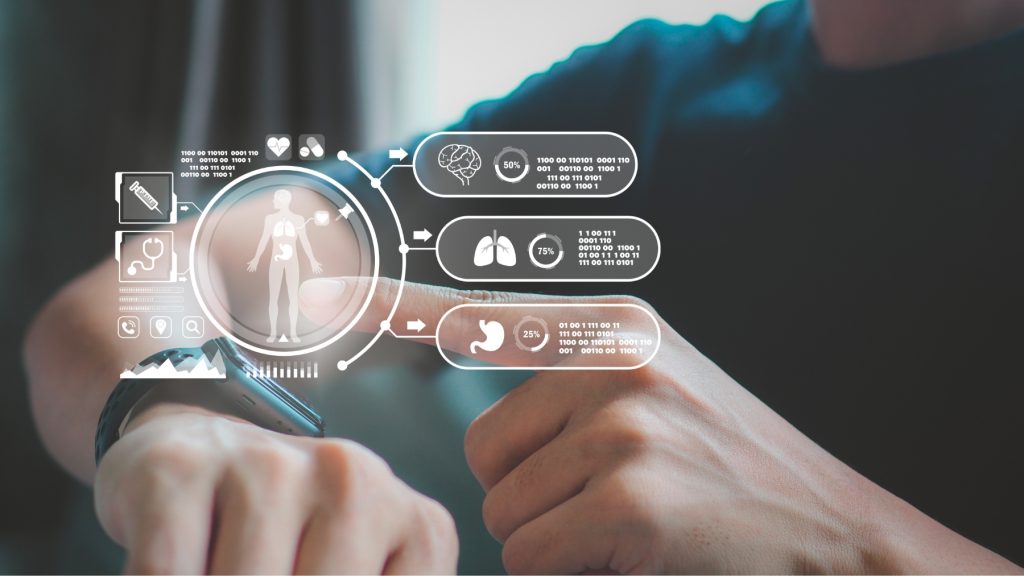
Oxford University researchers demonstrate that wearable sensors and machine learning offer a more effective approach than traditional methods.
- Traditional clinical rating scales have limitations leading to inter-rater discrepancies and delaying the identification of Parkinson’s disease progression.
- Wearable sensors monitored over 100 physiological metrics, enabling the detection of subtle changes in patients’ movements.
Oxford University researchers found that wearable sensors and machine learning (ML) are more effective at tracking Parkinson’s progression than human clinical observation.
Traditionally, the progression of Parkinson’s Disease has been assessed using clinical rating scales. Considering that they rely on a clinician’s subjective evaluation of a patient’s motor and non-motor symptoms, these scales have limitations. These limitations, including potential inter-rater discrepancies and the use of ordinal rather than interval scales, can introduce variability. And they can delay the identification of disease progression, especially in clinical trials.
Professor Chrystalina Antoniades, the lead researcher of the study from the Nuffield Department of Clinical Neurosciences, admitted that traditional testing is far from perfect. “One problem with [the Parkinson’s rating scales] is that there is an element of subjectivity in the assessment and different clinicians may not provide identical scores. Another issue is that the scales are not evenly spaced – the difference between scores of 30 and 40 may not be the same as the difference between 40 and 50 for example. This means that the detection of disease progression could be delayed, and in clinical trials, the types of statistical analysis that can be performed on the data might be restricted.”
The study, published in the journal npj Parkinson’s Disease, 74 patients who visited the clinic every three months over 18 months. The patients underwent two movement tasks. A 2-minute walking assessment and a 30-second postural sway evaluation. In both cases, Inertial Measurement Unit sensors are placed on various parts of their bodies.
The researchers utilized these digital wearable devices to monitor over 100 physiological metrics, enabling researchers to detect subtle changes in the movements of individuals living with Parkinson’s.
The study employed six wearable sensors per subject, positioned on the chest, the base of the spine, and one on each wrist and foot. These sensors collected a total of 122 physiological metrics, with several dozen metrics standing out as key indicators of the disease’s progression. The sensor data included the direction of toe movements during a step and the length and regularity of strides.
While a cure for Parkinson’s may be years away, it is important to remember the diagnosed patients. We need to ensure a better quality of life for those who are already struggling in their day-to-day life with Parkinson’s disease pain management. A more accurate tracking of the disease’s progression will allow caregivers to provide better care for their patients.
Inside Telecom provides you with an extensive list of content covering all aspects of the tech industry. Keep an eye on our Intelligent Tech sections to stay informed and up-to-date with our daily articles.